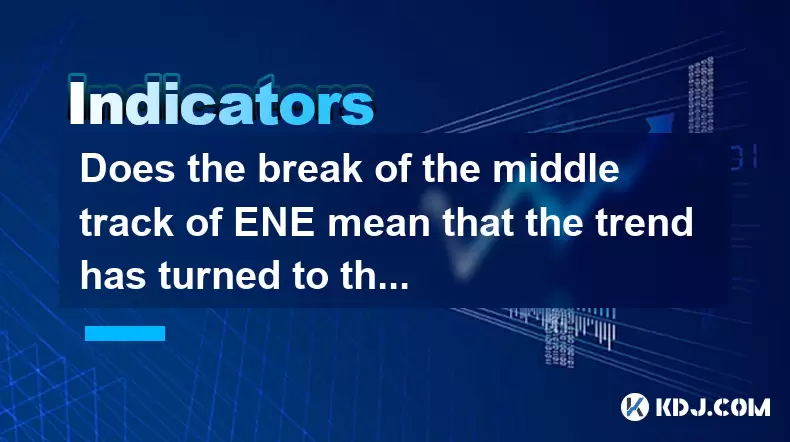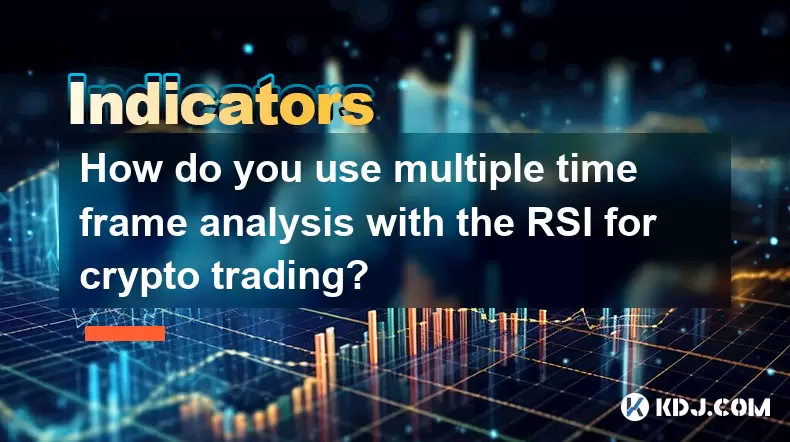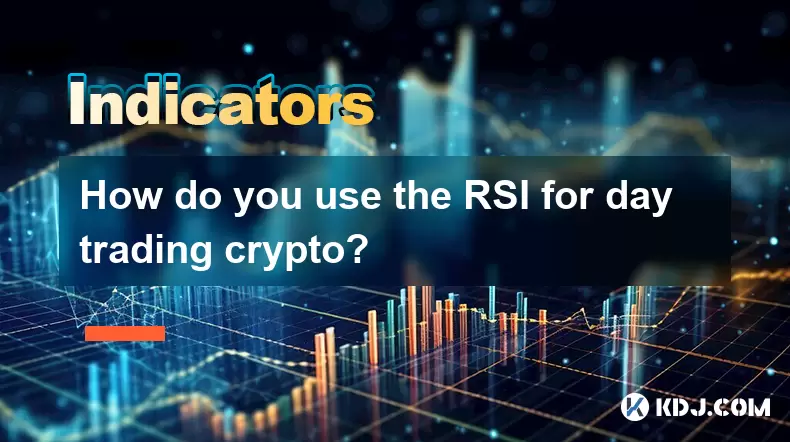-
 Bitcoin
Bitcoin $118400
0.47% -
 Ethereum
Ethereum $3836
2.20% -
 XRP
XRP $3.157
2.98% -
 Tether USDt
Tether USDt $0.9999
-0.03% -
 BNB
BNB $801.5
1.31% -
 Solana
Solana $180.9
2.07% -
 USDC
USDC $0.9999
-0.02% -
 Dogecoin
Dogecoin $0.2225
2.50% -
 TRON
TRON $0.3285
-1.02% -
 Cardano
Cardano $0.7789
2.60% -
 Hyperliquid
Hyperliquid $43.60
2.39% -
 Sui
Sui $3.892
4.41% -
 Stellar
Stellar $0.4229
3.34% -
 Chainlink
Chainlink $18.01
3.98% -
 Hedera
Hedera $0.2745
6.77% -
 Bitcoin Cash
Bitcoin Cash $582.3
3.38% -
 Avalanche
Avalanche $23.77
1.04% -
 Ethena USDe
Ethena USDe $1.001
0.01% -
 Toncoin
Toncoin $3.493
3.59% -
 Litecoin
Litecoin $110.0
2.48% -
 UNUS SED LEO
UNUS SED LEO $8.936
-0.37% -
 Shiba Inu
Shiba Inu $0.00001304
2.49% -
 Uniswap
Uniswap $9.999
1.09% -
 Polkadot
Polkadot $3.897
3.26% -
 Monero
Monero $308.6
-0.83% -
 Dai
Dai $0.9999
-0.01% -
 Bitget Token
Bitget Token $4.504
-0.04% -
 Pepe
Pepe $0.00001154
2.95% -
 Cronos
Cronos $0.1471
3.06% -
 Ethena
Ethena $0.6691
19.53%
Does the break of the middle track of ENE mean that the trend has turned to the bearish side?
A break below the ENE's middle line may signal a bearish shift, but confirmation with RSI, volume, and candlestick patterns is essential to avoid false signals in volatile crypto markets.
Jun 21, 2025 at 03:15 pm

Understanding the ENE Indicator
The ENE (Envelope) indicator is a technical analysis tool commonly used in cryptocurrency trading to identify overbought and oversold conditions. It consists of three moving average lines: the upper band, the middle line, and the lower band. The middle line is typically a simple moving average (SMA), while the upper and lower bands are set at a certain percentage deviation from the middle line.
In the context of crypto markets, where volatility is high and trends can reverse quickly, understanding how the middle track of ENE behaves becomes crucial. When price action breaks below this central line, it often raises concerns among traders about a possible trend reversal.
Important: The ENE indicator does not predict future price movements with certainty but provides signals based on historical data.
What Does a Break Below the Middle Track Indicate?
A break below the middle track of ENE suggests that the momentum may be shifting from bullish to bearish. In an uptrend, prices usually stay above the middle line, indicating strength. Once the price drops below this line, it could signal weakening buying pressure and increasing selling pressure.
This kind of movement should not be interpreted in isolation. Traders need to cross-check with other indicators such as RSI, MACD, or volume patterns to confirm whether the trend has indeed turned bearish. A single candlestick closing below the middle line might not be sufficient evidence, especially in volatile crypto markets.
- Key Point: A sustained move below the middle line increases the probability of a bearish shift.
- Caution: Short-term dips may create false signals, so timeframes and confirmation tools matter.
How to Confirm a Bearish Trend After Breaking the Middle Line
When the price breaks below the middle track of ENE, traders must look for additional signs before concluding a bearish trend. Here’s how you can verify:
- Check Volume: A bearish breakout is more reliable if accompanied by a spike in trading volume.
- Look at RSI: If RSI moves below 50 and starts trending downward, it supports a bearish outlook.
- Analyze Candlestick Patterns: Bearish patterns like engulfing candles or dark cloud cover strengthen the signal.
- Observe Other Moving Averages: If price also falls below key SMAs (e.g., 50 or 200-period), it reinforces the bearish case.
These steps help filter out noise and reduce the chances of making premature decisions based solely on the ENE middle line break.
Historical Examples in Cryptocurrency Markets
Looking at past behavior of major cryptocurrencies like Bitcoin and Ethereum can offer insights into how meaningful a break below the middle track of ENE can be.
For example, during the late 2021 correction phase, Bitcoin’s price broke below the middle line of its ENE envelope after a prolonged rally. This was followed by a decline in RSI and increased selling volume, confirming a bearish trend. Similarly, Ethereum showed similar patterns around the same period.
However, there have also been cases where the price dipped below the ENE midline temporarily only to bounce back up. These instances highlight the importance of combining multiple tools and not relying solely on one indicator.
Note: Historical performance doesn’t guarantee future results, but it offers context for decision-making.
Common Misinterpretations and How to Avoid Them
Traders often misinterpret a break below the middle track of ENE as an immediate sell signal. This approach can lead to losses, especially in highly volatile crypto assets.
Here are some common pitfalls and how to avoid them:
- Ignoring Timeframe: A break on a 1-hour chart might be insignificant compared to daily or weekly trends.
- Overreacting to Single Candles: One candle below the line doesn’t confirm a trend — wait for a few closes below it.
- Neglecting Market Conditions: News events, macroeconomic shifts, or exchange-specific developments can skew technical readings.
By being aware of these potential mistakes, traders can better assess whether a break truly signals a bearish turn or just temporary market noise.
Frequently Asked Questions
Q: Can I rely solely on ENE to determine a bearish trend?
No, the ENE indicator should always be used in conjunction with other tools like RSI, MACD, and volume analysis to confirm trend changes.
Q: What percentage deviation should I use for ENE in crypto trading?
Most traders use a deviation between 2% and 5%, depending on the asset's volatility. Higher deviation settings may be necessary for more volatile cryptocurrencies.
Q: Is the middle track of ENE the same across all platforms?
Yes, the middle track is generally a simple moving average regardless of the platform, though customization options may vary slightly.
Q: How long should the price stay below the middle line to confirm a bearish trend?
While opinions differ, many traders look for at least two consecutive closes below the middle line before considering a trend change significant.
Disclaimer:info@kdj.com
The information provided is not trading advice. kdj.com does not assume any responsibility for any investments made based on the information provided in this article. Cryptocurrencies are highly volatile and it is highly recommended that you invest with caution after thorough research!
If you believe that the content used on this website infringes your copyright, please contact us immediately (info@kdj.com) and we will delete it promptly.
- SEC, Crypto, and Securities: Navigating the New Frontier
- 2025-08-01 05:10:12
- Cardano (ADA) Market Cap: Can It Compete with Emerging Cryptocurrencies and Meme Coins?
- 2025-08-01 04:30:12
- SEC, Crypto, and On-Chain: Navigating the Regulatory Maze
- 2025-08-01 02:31:40
- Jito Labs, Solana, and Liquid Staking: Riding the Wave of Innovation
- 2025-08-01 03:50:12
- Perpetual DEX: Navigating Onchain Trading and Solving Core Problems, a NY Perspective
- 2025-08-01 03:57:53
- Bitcoin Bullish Market: How Long Positions are Boosting the Crypto King
- 2025-08-01 02:35:33
Related knowledge

How do you use multiple time frame analysis with the RSI for crypto trading?
Aug 01,2025 at 05:19am
Understanding the Role of RSI in Crypto TradingThe Relative Strength Index (RSI) is a momentum oscillator that measures the speed and change of price ...

How can you use the RSI to determine exit points in crypto trades?
Aug 01,2025 at 04:29am
Understanding the Role of RSI in Crypto TradingThe Relative Strength Index (RSI) is a momentum oscillator widely used in the cryptocurrency market to ...

How do you use the RSI for day trading crypto?
Aug 01,2025 at 05:26am
Understanding the RSI in Cryptocurrency TradingThe Relative Strength Index (RSI) is a momentum oscillator that measures the speed and change of price ...

What does it signify when the MACD crosses below the zero line?
Aug 01,2025 at 01:43am
Understanding the MACD IndicatorThe Moving Average Convergence Divergence (MACD) is one of the most widely used technical analysis tools in the crypto...

How does the MACD histogram show momentum?
Aug 01,2025 at 01:16am
Understanding the MACD Histogram and Its Role in Cryptocurrency TradingThe MACD histogram is a visual representation of the difference between the MAC...

What is a MACD crossover?
Jul 31,2025 at 11:52pm
Understanding the Role of Private Keys in Cryptocurrency SecurityIn the world of cryptocurrency, private keys are the cornerstone of ownership and con...

How do you use multiple time frame analysis with the RSI for crypto trading?
Aug 01,2025 at 05:19am
Understanding the Role of RSI in Crypto TradingThe Relative Strength Index (RSI) is a momentum oscillator that measures the speed and change of price ...

How can you use the RSI to determine exit points in crypto trades?
Aug 01,2025 at 04:29am
Understanding the Role of RSI in Crypto TradingThe Relative Strength Index (RSI) is a momentum oscillator widely used in the cryptocurrency market to ...

How do you use the RSI for day trading crypto?
Aug 01,2025 at 05:26am
Understanding the RSI in Cryptocurrency TradingThe Relative Strength Index (RSI) is a momentum oscillator that measures the speed and change of price ...

What does it signify when the MACD crosses below the zero line?
Aug 01,2025 at 01:43am
Understanding the MACD IndicatorThe Moving Average Convergence Divergence (MACD) is one of the most widely used technical analysis tools in the crypto...

How does the MACD histogram show momentum?
Aug 01,2025 at 01:16am
Understanding the MACD Histogram and Its Role in Cryptocurrency TradingThe MACD histogram is a visual representation of the difference between the MAC...

What is a MACD crossover?
Jul 31,2025 at 11:52pm
Understanding the Role of Private Keys in Cryptocurrency SecurityIn the world of cryptocurrency, private keys are the cornerstone of ownership and con...
See all articles

























































































